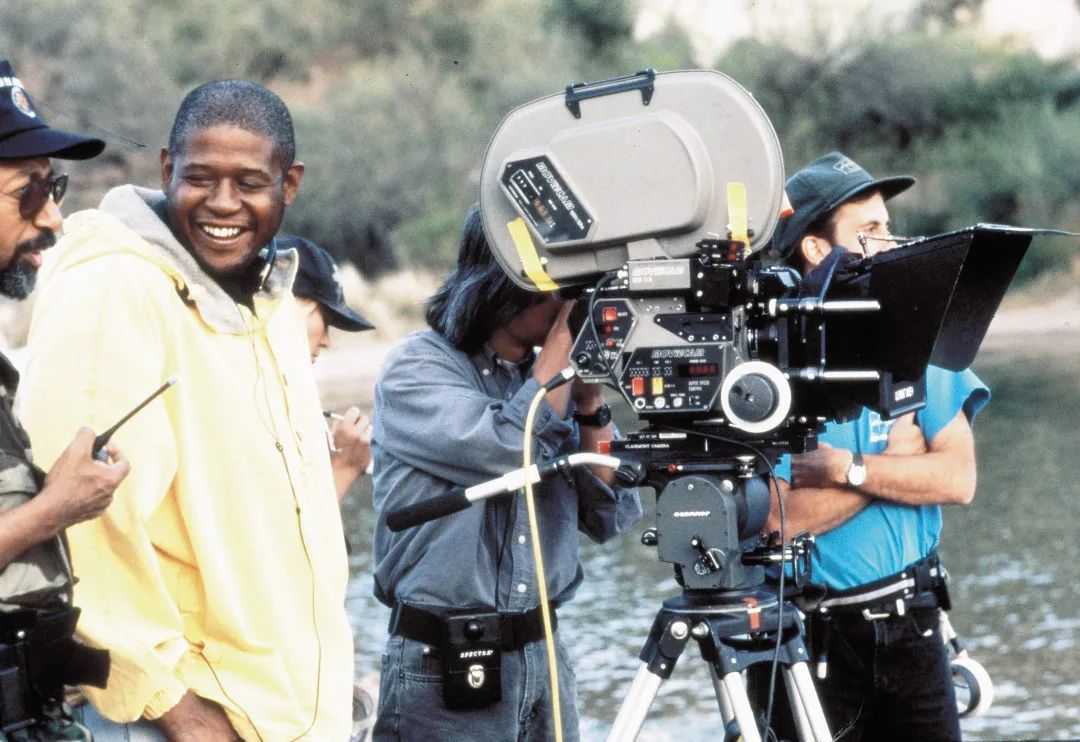In 1995, Forest Whitaker, later renowned for his portrayal of the king in Black Panther, took on a distinctive directorial challenge with Waiting to Exhale. This film marked a significant shift as he delved into the realm of female - centric storytelling, using his directorial prowess to explore the complex emotional landscapes of African - American women.
Waiting to Exhale is a rich tapestry that follows the lives of four close friends—Savannah, Bernadine, Gloria, and Robin—played by an ensemble cast including Whitney Houston, Angela Bassett, Loretta Devine, and Lela Rochon. The movie delves deep into their romantic relationships, personal struggles, and the journey of self - discovery. Whitaker's direction brings a tender and nuanced touch to the narrative, highlighting the unique experiences of African - American women in the context of marriage, love, and career. Through intimate conversations, emotional confrontations, and moments of quiet reflection, he captures the essence of their hopes, heartbreaks, and determination to grow.
Whitaker's ability to shift from playing powerful male characters on - screen to helming a film that focuses on the female perspective showcases his versatility as an artist. Waiting to Exhale not only provides an engaging story but also offers a platform for representing the diverse experiences of African - American women, filling a gap in mainstream cinema. By using his directorial lens to shine a light on these often - overlooked narratives, Whitaker has created a work that resonates with audiences and stands as an important contribution to the exploration of gender and race in film.
